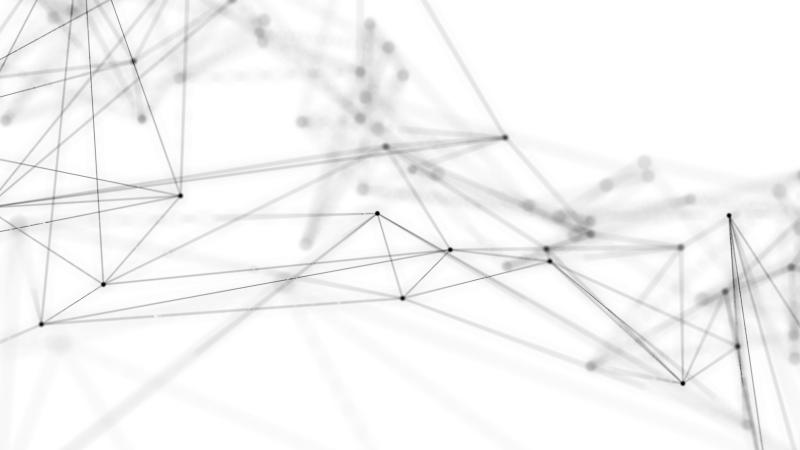Interdisciplinary team working to improve policy decisions through operational models
September 25, 2019

TROY, N.Y. — Victims of human trafficking in the United States number in the thousands each year, but little is understood about the networks that perpetuate these crimes. Mathematical models designed by systems engineers could help researchers gain critical insight into trafficking operations and develop effective methods for bringing people to safety.
Tom Sharkey, an associate professor of industrial and systems engineering at Rensselaer Polytechnic Institute, is part of a team made up of law enforcement, trafficking survivors, engineers, and social scientists all working on a solution to this problem. They are engaged in a research initiative, supported by the National Science Foundation, which seeks to create quantitative operational models of trafficking systems that can be used to test possible interventions.
“My role,” Sharkey said, “is to think of decision-making models of how to disrupt the criminal networks.”
Led by Lauren Martin, an associate professor at the University of Minnesota School of Nursing and a faculty researcher at the University’s Urban Research and Outreach-Engagement Center, the interdisciplinary team aims to fill knowledge gaps surrounding these criminal networks using both qualitative and quantitative data.
“In the problem space of human trafficking, there is a huge data problem because it’s hidden, illegal, stigmatized,” Martin said. “There’s a lot we don’t know about how trafficking operations function.”
An opinion piece recently published by this research team, in the National Academy of Engineering’s The Bridge, makes the argument that systems engineers can and should be part of the effort to combat human trafficking through research.
In this particular project, Sharkey, assisted by the expertise of social scientists and survivors, will analyze available law enforcement data on past cases. The researchers will consider how the criminal networks are built, how they adapt to interdictions, and how the physical trafficking components and the cyber networks of communication rely on one another.
“The first goal is to get data and try to understand how you can take qualitative case files, police notes, and convert that to the network data we need,” Sharkey said. “Since they don’t have to operate under any set of rules, criminals have a lot of options in terms of how they operate and how they respond to interventions.”
An ethical approach is required for this complicated human-based challenge. Given the sensitive nature of the subject matter, confidentiality and anonymity will be central to the research process. It will be critical for models of network disruption to capture the consequences of any interventions, especially in terms of the impact on survivors or potential victims.
“For example, we hope to understand the interventions that are most effective in disrupting different types of trafficking networks,” Sharkey said.
The team believes that a mathematical approach to this problem could provide information for better decision-making. The goal is for these models to be made publicly available in the future so they can be applied to other types of trafficking networks, including labor trafficking, to help policymakers develop intervention strategies.
“What I’m really excited about with this project,” Martin said, “is that these models are not merely descriptive. They allow us to think about decision points and decision-making in new ways that I don’t believe has happened in this particular problem space. I think it’s super powerful and I think policymakers will listen.”
The research team also includes Kayse Maass from Northeastern University, Christina Melander and Tariq Samad from the University of Minnesota, and Kelle Barrick from the Research Triangle Institute.